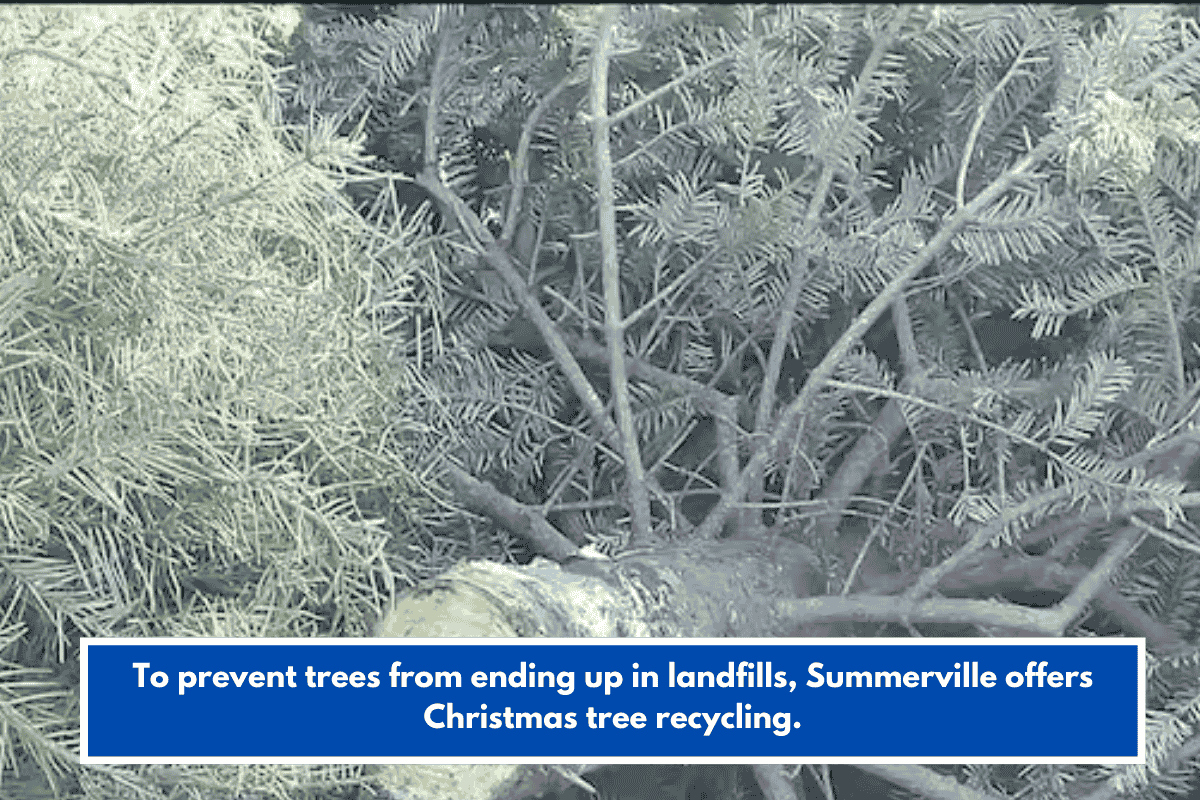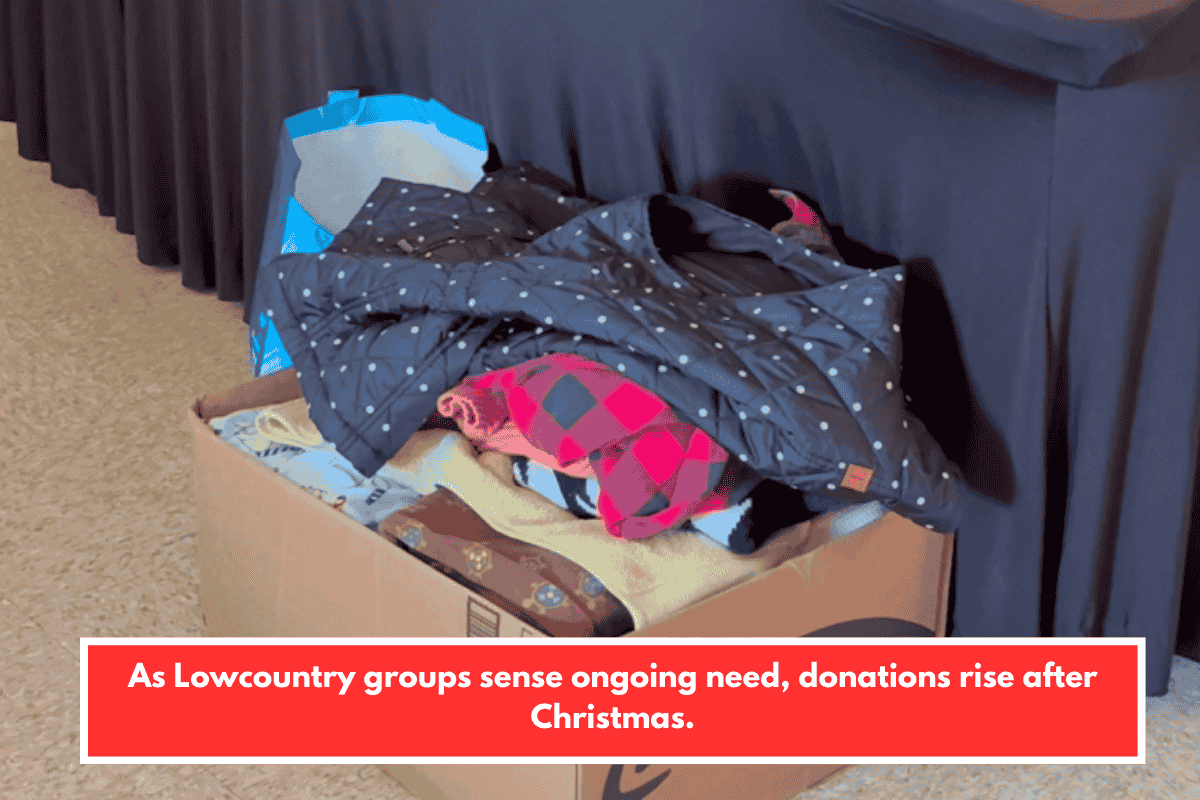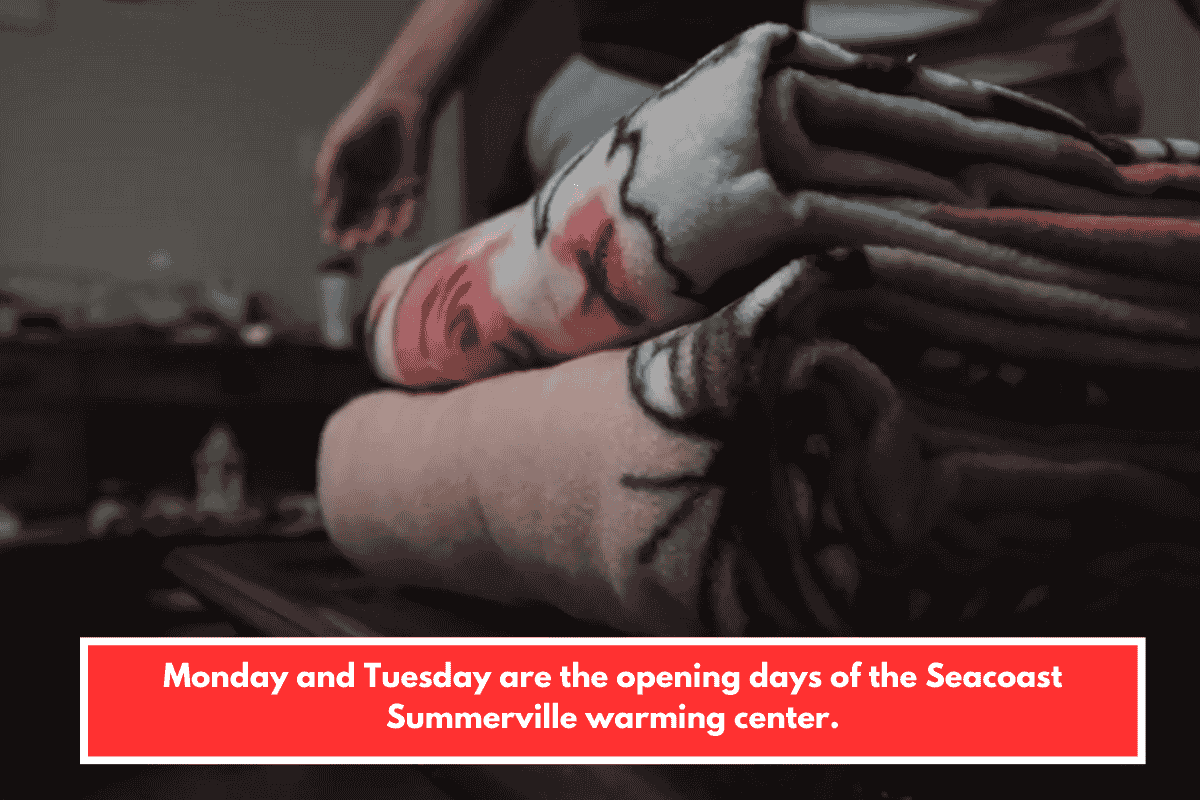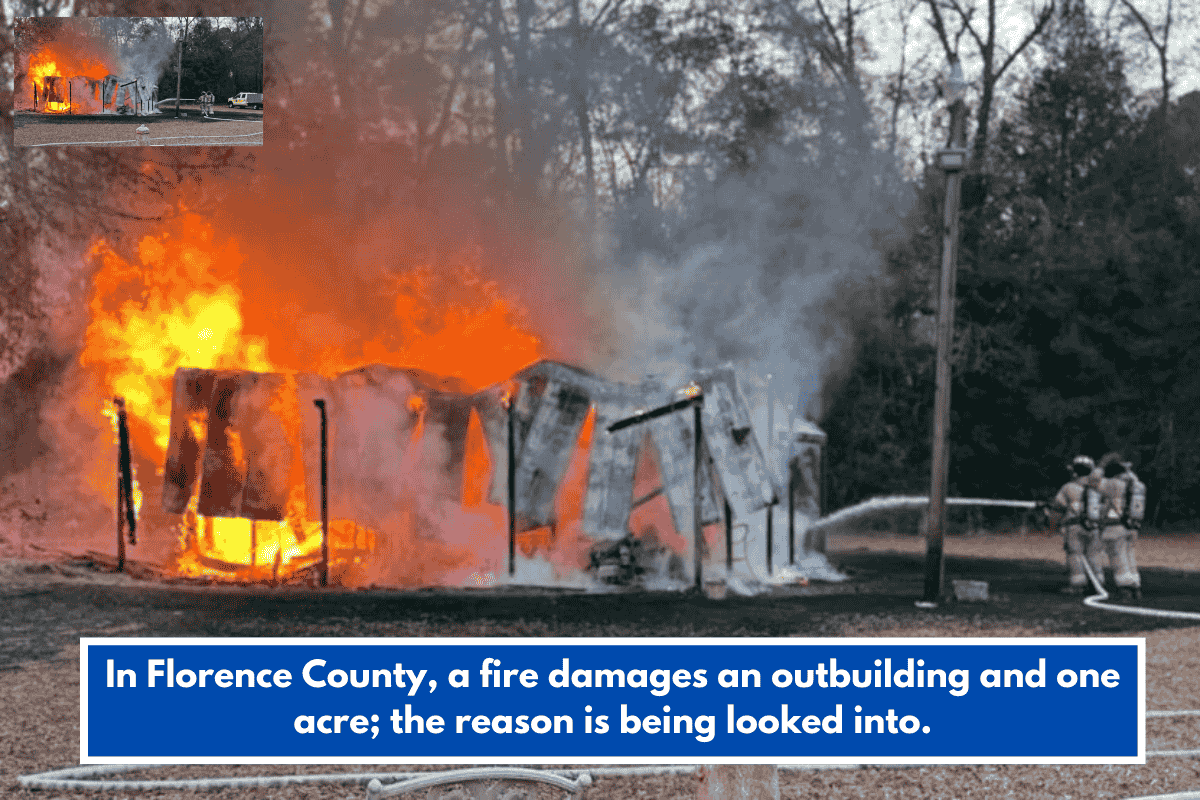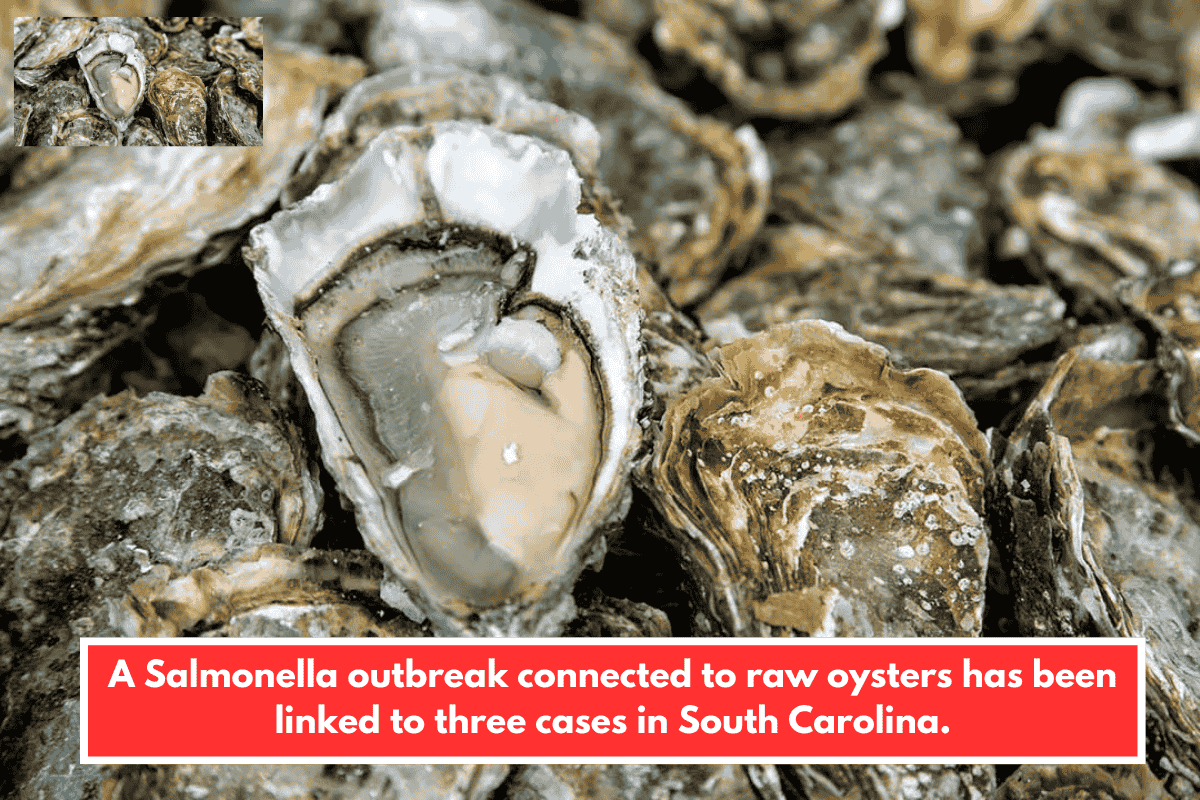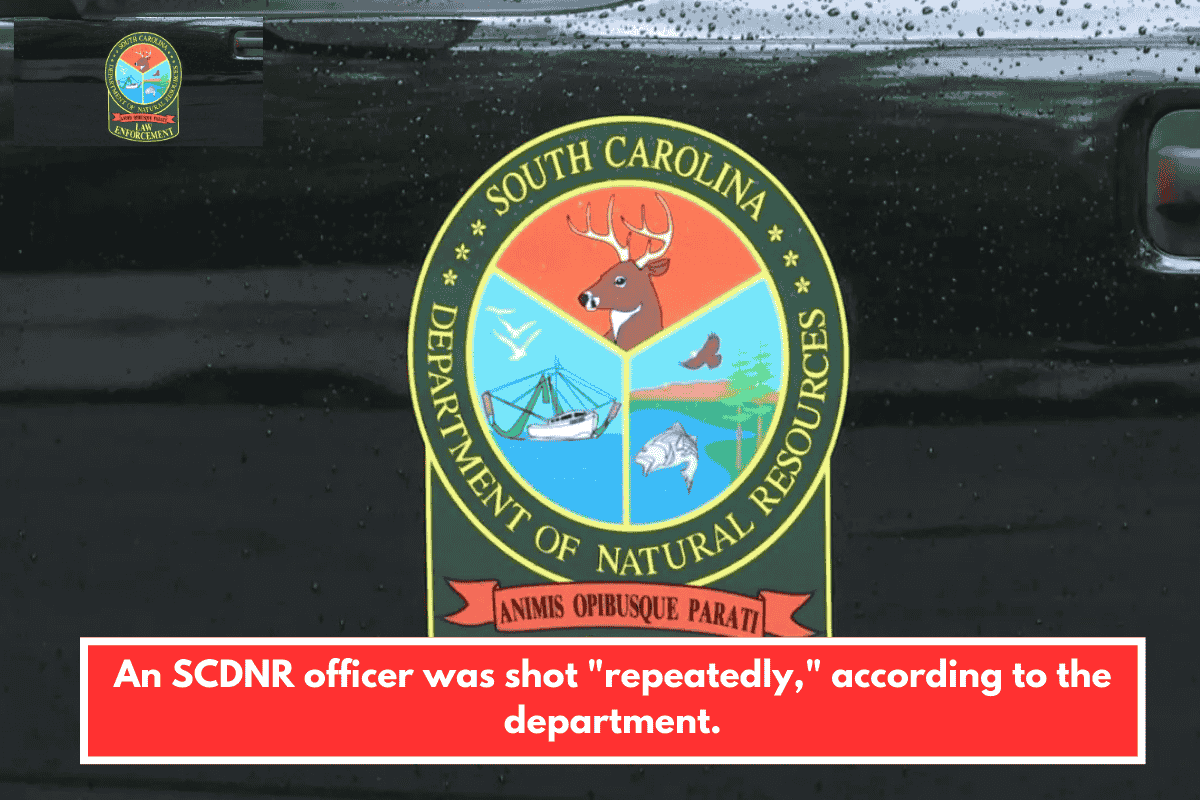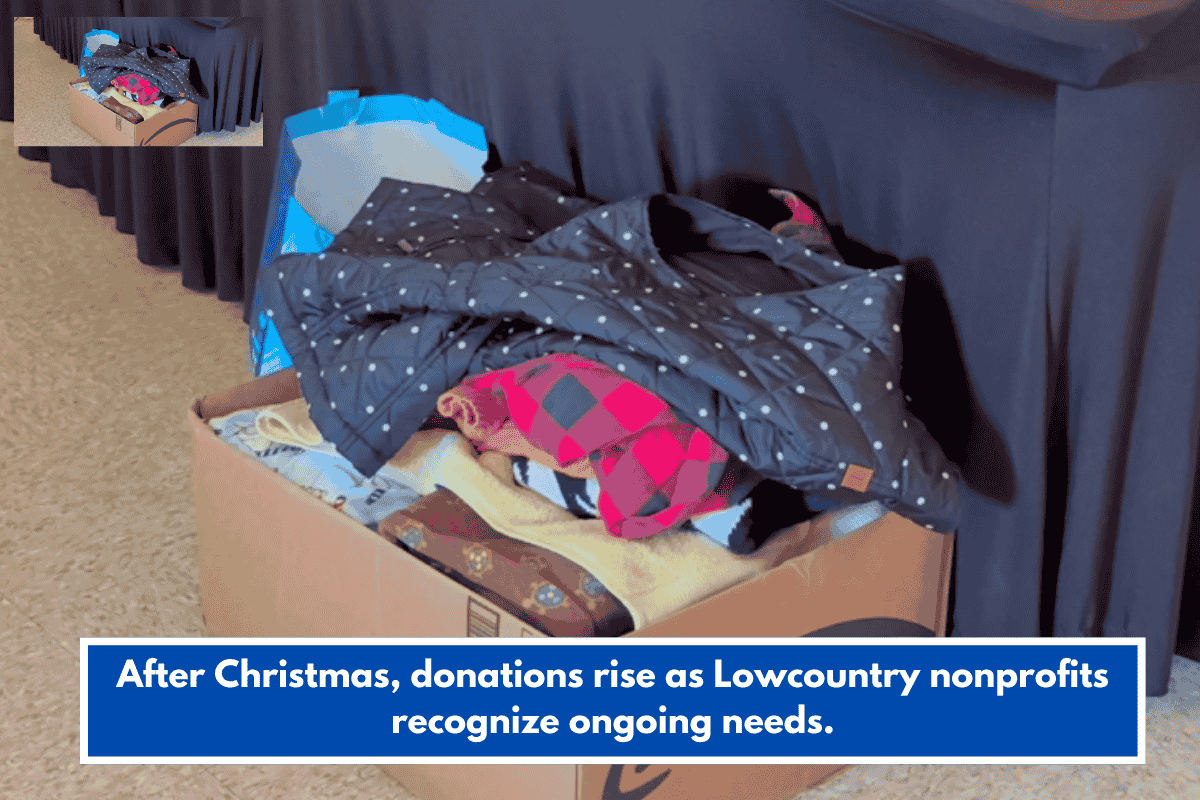Folly Beach in South Carolina has made headlines by being home to the first sea turtle nest of 2025. The nest was discovered by volunteers on April 29 and confirmed by the South Carolina Department of Natural Resources (SCDNR).
This exciting moment marks the start of the nesting season for sea turtles, and it’s a strong sign that these gentle marine animals are returning to the coast, despite the many challenges they face.
A Positive Sign for Sea Turtles
Folly Beach has taken steps in recent years to make the area safer for wildlife. New rules have been put in place to control lighting and protect sand dunes, which are vital for turtle nesting.
Hope DeVaux, a visitor to the beach, said she felt proud to witness this moment. “As someone who loves animals and wants to protect them, I feel we must do everything we can for these baby turtles. We need to keep the beach clean and safe,” she said.
Keeping beaches clean, reducing lights, and avoiding human interference are essential to help baby turtles survive and reach the ocean safely.
Nesting Challenges on the Isle of Palms
While the news from Folly Beach is encouraging, there are concerns just across the harbor on the Isle of Palms. A construction project called the Breach Inlet Beneficial Use Project is still ongoing. It was originally supposed to be finished by January 26 but is still in progress, just as nesting season begins.
Heavy machinery and large pumps are being used to rebuild eroded dunes. While this work is meant to improve the beach for future turtle nests, it may cause problems for turtles looking to nest this year.
Mary Pringle, who leads the Island Turtle Team, said the dunes have been badly damaged over the years. “It’s hard for turtles to find good places to nest,” she explained. Her team searches for nests daily on both the Isle of Palms and Sullivan’s Island.
Relocating Nests if Needed
Last year, her team had to move several turtle nests to safer places with SCDNR’s permission. Surprisingly, the relocated nests had a high success rate, with many baby turtles hatching safely. “Still, we prefer to leave the nests where they are if possible,” Pringle said.
She is hopeful that the beach restoration project will help turtles in the long term, even if it causes a few problems in the short term. “This new dune system should give turtles better nesting spots in future seasons,” she added.
Safety Measures for Turtles
To protect turtles during the ongoing construction, the contractor is not allowed to begin work each day until Mary Pringle gives them the “all clear.” If the Army Corps of Engineers needs to work at night, they must have watchers to keep an eye out for any turtles coming ashore.
The beach work is expected to finish sometime next week, which should give the turtles more space and quiet to continue nesting safely.



